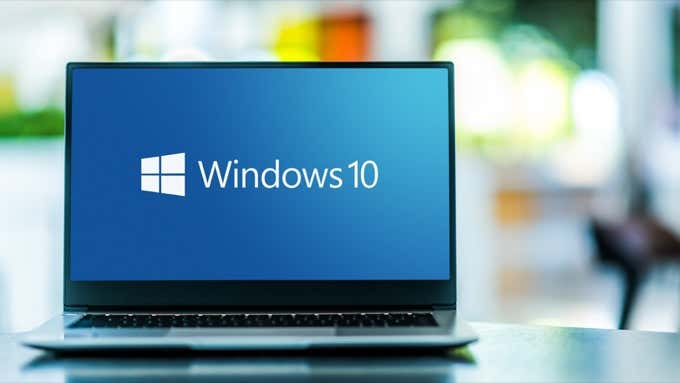

Thankfully, fixing these records is not as complicated as you might think. If any of the three records becomes damaged or corrupted, there's a high chance you'll encounter the "Operating system not found" message. They are the Master Boot Record (MBR), DOS Boot Record (DBR), and the Boot Configuration Database (BCD). Microsoft Windows primarily relies on three records to boot your machine. If you didn't see the hard drive listed, go to step two. If everything in your BIOS menu looked fine, jump to step three. You can adjust the order using the + and – keys. Make sure Hard Drive is listed above USB Storage, CD\DVD\BD-ROM, Removable Devices, and Network Boot. Within the Boot tab, highlight Hard Drive and press Enter. Unfortunately, you can only use your keyboard to navigate the BIOS menu, so keep an eye out for a list of controls on the BIOS screen. Broadly speaking, you need to locate the Boot tab at the top of the screen. The BIOS menu itself also varies between devices.

Typically, you'll need to press Escape, Delete, or one of the Function keys during the boot-up process, before Windows loads. You should see an onscreen message advising you which is the correct key during the boot process. The method for entering the BIOS changes from manufacturer to manufacturer. Secondly, you need to make sure the drive on which you installed Windows is listed as the preferred boot drive. Firstly, you need to ensure your machine recognizes your hard drive. You need to check for two things in the BIOS.


 0 kommentar(er)
0 kommentar(er)
